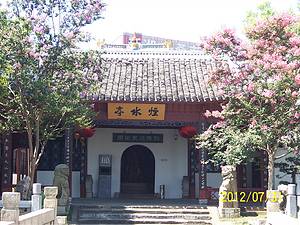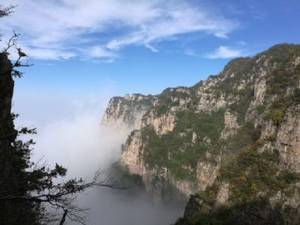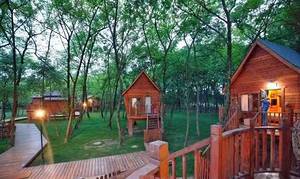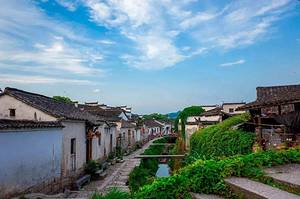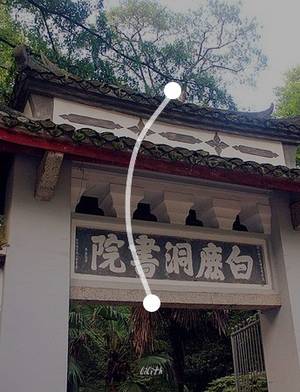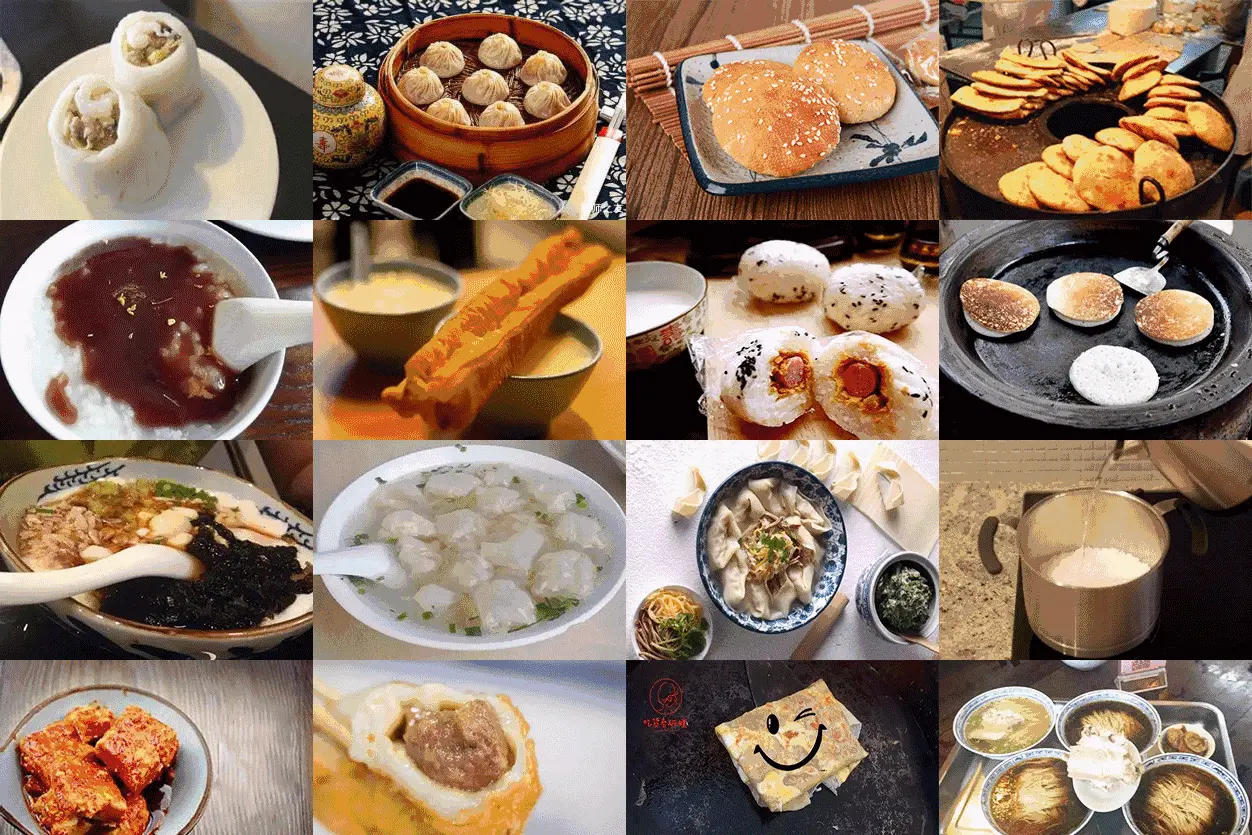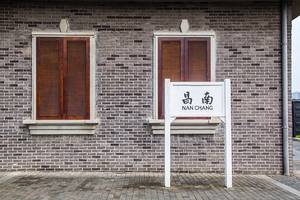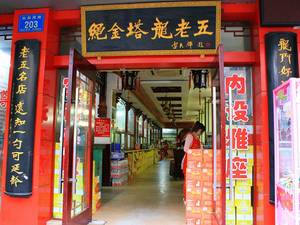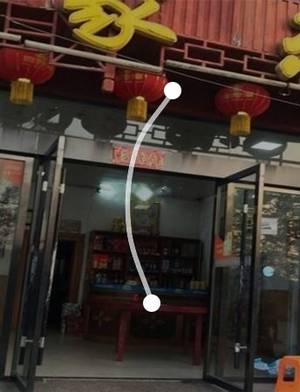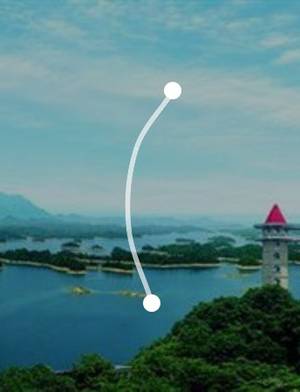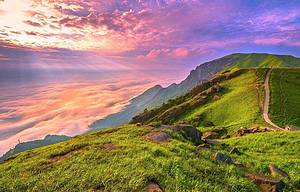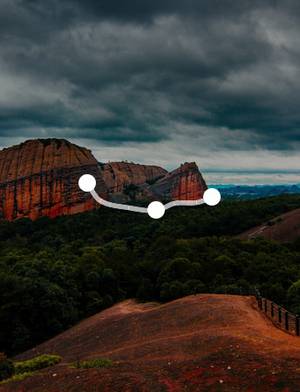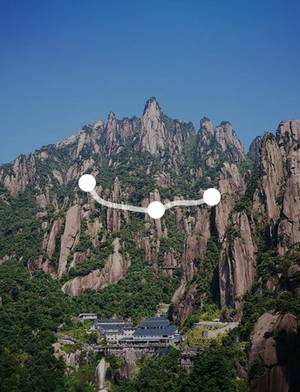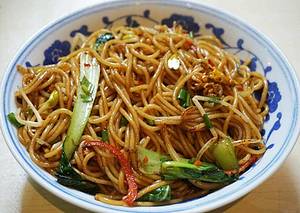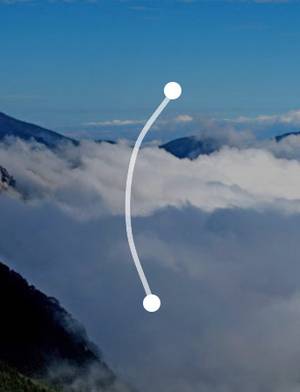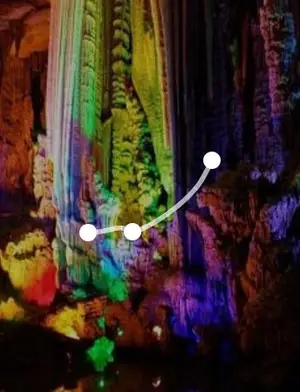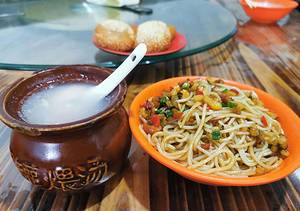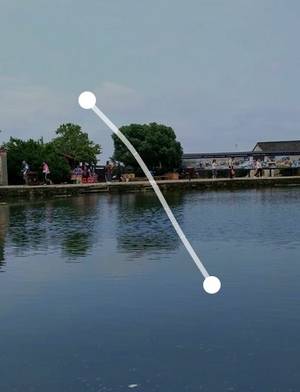Former Site of the Lushan Conference, A Cradle of Revolutionary History
504 Hexi Road, Lushan District, Jiujiang City, Jiangxi Province
4.9
Introduction
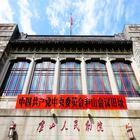
Address 504 Hexi Road, Lushan District, Jiujiang City, Jiangxi Province
Opening hours 08:30-17:00 (all day)
last admission time: 17:00 (Wednesday to Monday, January 1 to December 31) all day (Tuesday, January 1 to December 31)
Transportation Bus:
There is an East Line tourist sightseeing bus available within Mount Lu, and the 80 yuan ticket is valid for one week, while the 150 yuan ticket is valid for one month.
Walking:
If departing from Guling Town in Mount Lu, it is a small town and walking there is also an option, with a general walking time not exceeding 30 minutes. Along the way, you will also pass through the stories of Meilu and the Old Villa.
 The world-famous site of the Lushan Conference
The world-famous site of the Lushan Conference
